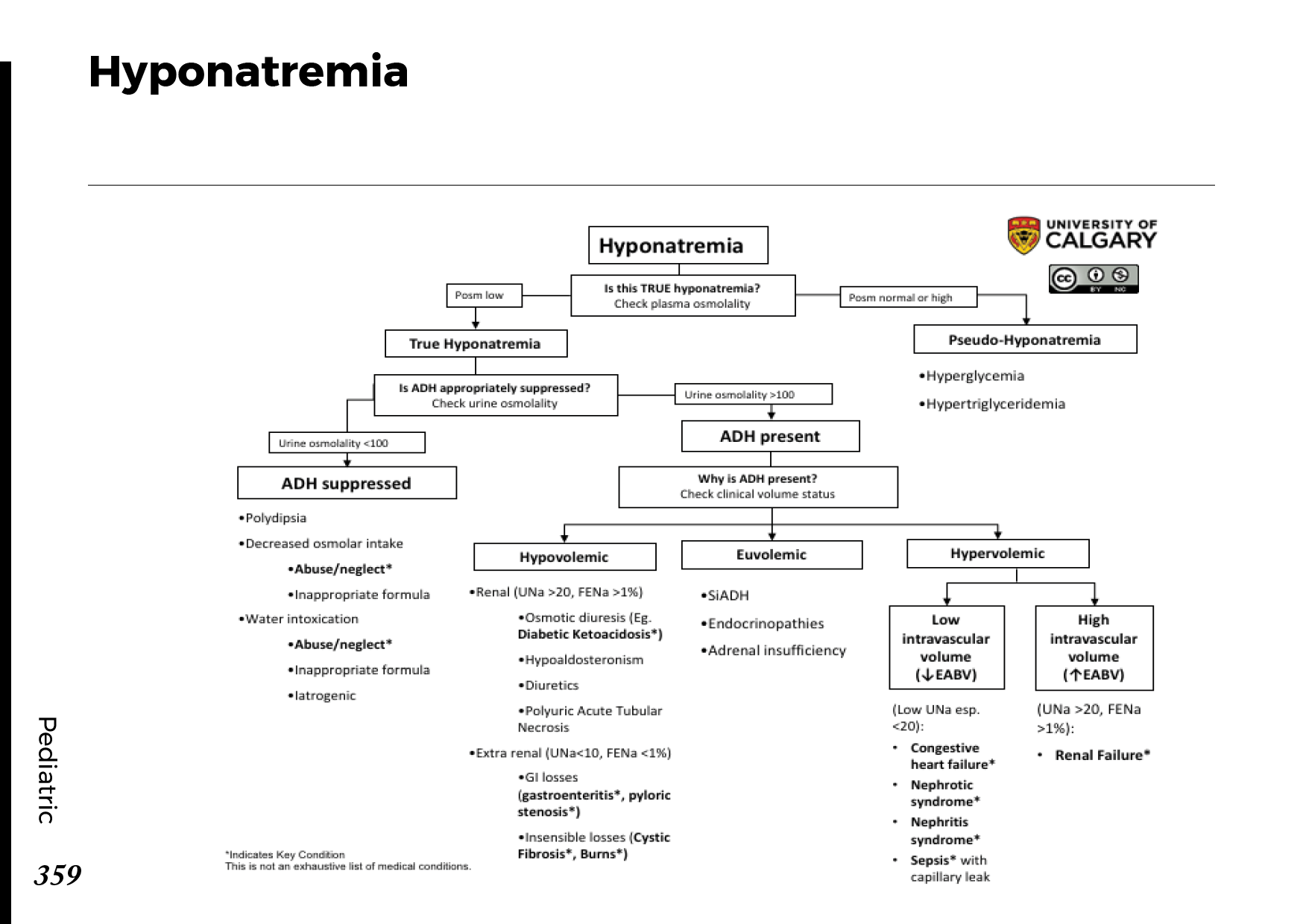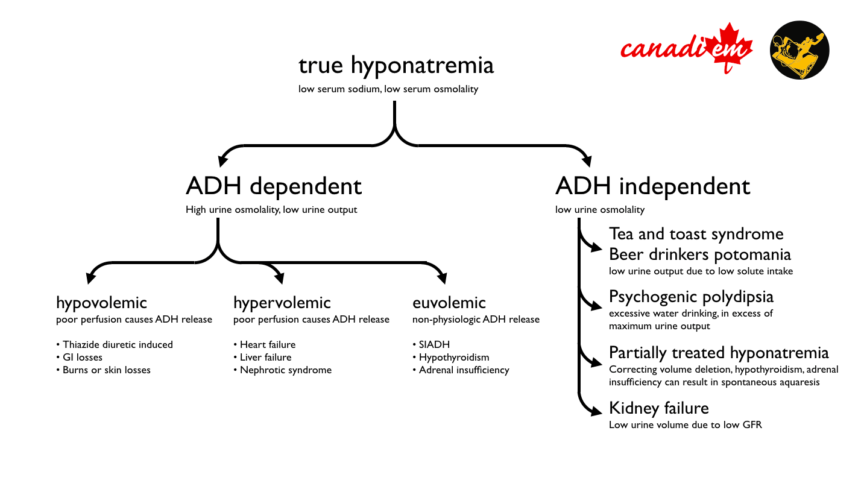Hyponatremia, often abbreviated as HN, is a medical condition characterized by abnormally low sodium levels in the blood. Sodium is an essential electrolyte that plays a critical role in maintaining fluid balance, nerve function, and muscle performance. When sodium levels drop below the normal range, it can lead to a variety of health complications. In this article, we will explore the causes, symptoms, and treatment options for this condition.

Understanding Sodium and Its Importance
Sodium is one of the most important minerals in the human body. It helps regulate water levels in and around cells, supports proper nerve function, and aids in muscle contractions. The normal range for sodium in the blood is typically between 135 and 145 milliequivalents per liter. When sodium levels fall below 135, it indicates hyponatremia. This imbalance can disrupt bodily functions and may result in mild to severe symptoms depending on the severity of the condition.
How Sodium Works in the Body
- Sodium helps maintain osmotic pressure, ensuring that fluids are distributed properly within the body.
- It facilitates electrical signals in nerves and muscles, enabling them to communicate effectively.
- Sodium also plays a key role in maintaining blood pressure and supporting kidney function.
Given its vital role, even slight imbalances in sodium levels can have significant consequences for overall health.
Causes of Low Sodium Levels
There are several factors that can contribute to the development of low sodium levels in the blood. These causes can be broadly categorized into three groups: excessive water intake, sodium loss, and underlying medical conditions.
Excessive Water Intake
Drinking too much water can dilute the concentration of sodium in the blood. This is particularly common in athletes or individuals who engage in prolonged physical activity without adequately replenishing electrolytes. For example, consuming large amounts of water during endurance events like marathons can overwhelm the kidneys’ ability to excrete excess fluid, leading to a drop in sodium levels.
Sodium Loss
Sodium can be lost through various means, including:
- Vomiting and Diarrhea: Frequent episodes of vomiting or diarrhea can deplete sodium levels in the body.
- Excessive Sweating: Heavy sweating, especially in hot environments, can result in significant sodium loss.
- Burns: Severe burns can cause sodium to leak out of damaged skin tissues.
- Kidney Issues: Certain kidney disorders may impair the organ’s ability to retain sodium.
Underlying Medical Conditions
Several medical conditions can predispose individuals to low sodium levels:
- Hormonal Imbalances: Conditions such as adrenal insufficiency or hypothyroidism can interfere with sodium regulation.
- Heart Failure: Heart failure can lead to fluid retention, which dilutes sodium concentrations in the bloodstream.
- Liver Disease: Liver cirrhosis can affect the body’s ability to manage fluids and electrolytes.
- Medications: Certain medications, such as diuretics, antidepressants, and pain relievers, may increase the risk of developing low sodium levels.
Symptoms of Low Sodium Levels
The symptoms of low sodium levels can vary depending on the severity of the condition and how quickly sodium levels drop. Mild cases may present with subtle signs, while severe cases can lead to life-threatening complications.
Mild Symptoms
In mild cases, individuals may experience:
- Nausea and vomiting
- Headaches
- Fatigue and lethargy
- Muscle cramps or spasms
Moderate Symptoms
As sodium levels continue to decline, more pronounced symptoms may appear, including:
- Confusion or difficulty concentrating
- Irritability
- Seizures
- Loss of appetite
Severe Symptoms
In severe cases, low sodium levels can lead to serious complications such as:
- Coma
- Brain swelling
- Respiratory distress
- Death if left untreated
It is important to seek medical attention if any of these symptoms occur, particularly if they develop rapidly.
Treatment Options for Low Sodium Levels
The treatment for low sodium levels depends on the underlying cause, the severity of the condition, and the patient’s overall health. In many cases, addressing the root cause can help restore sodium levels to normal.
Fluid Restriction
For individuals whose low sodium levels are caused by excessive water intake, restricting fluid consumption may be recommended. By limiting the amount of water consumed, the concentration of sodium in the blood can gradually increase.
Sodium Replacement
In cases where sodium has been lost due to vomiting, diarrhea, or excessive sweating, replacing sodium through oral rehydration solutions or intravenous fluids may be necessary. These solutions contain a balanced mix of electrolytes, including sodium, to replenish what has been lost.
Medication Adjustments
If medications are contributing to low sodium levels, healthcare providers may adjust dosages or switch to alternative treatments. For example, patients taking diuretics may require close monitoring and adjustments to prevent further sodium depletion.
Treating Underlying Conditions
Addressing underlying medical conditions is crucial for long-term management of low sodium levels. For instance:
- Individuals with hormonal imbalances may benefit from hormone replacement therapy.
- Patients with heart failure may require medications to manage fluid retention.
- Those with liver disease may need dietary modifications and other interventions to support liver function.
Hospitalization for Severe Cases
In severe cases, hospitalization may be necessary to closely monitor and treat the condition. Intravenous fluids containing sodium chloride may be administered to rapidly correct sodium levels. However, this must be done carefully to avoid complications such as osmotic demyelination syndrome, a rare but serious condition that can occur if sodium levels rise too quickly.
Preventive Measures
While some causes of low sodium levels are unavoidable, there are steps individuals can take to reduce their risk:
- Stay Hydrated but Avoid Overhydration: Drink enough water to stay hydrated, but avoid consuming excessive amounts, especially during intense physical activity.
- Monitor Medication Use: Be aware of medications that may affect sodium levels and discuss potential side effects with a healthcare provider.
- Eat a Balanced Diet: Include foods rich in sodium, such as table salt, pickles, and processed meats, in moderation as part of a balanced diet.
- Regular Health Checkups: Routine medical evaluations can help identify and address underlying conditions before they lead to complications.
When to Seek Medical Attention
It is important to recognize when low sodium levels require immediate medical intervention. Seek emergency care if you experience:
- Sudden confusion or disorientation
- Seizures or convulsions
- Difficulty breathing
- Unconsciousness or coma
Early diagnosis and treatment can prevent complications and improve outcomes for individuals with low sodium levels.





